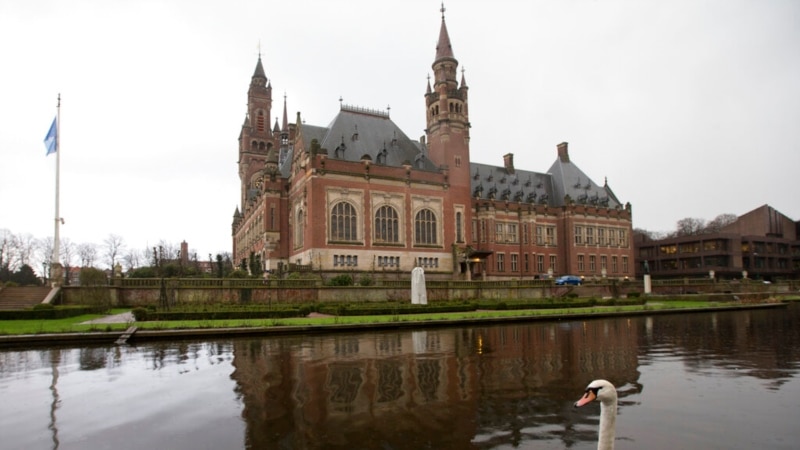After the ruling this Thursday of the International Court of Justice (ICJ) in The Hague (Netherlands) where rejected Nicaragua’s claim to expand its continental shelf, beyond 200 nautical miles, experts consulted by the voice of america They assure that the most difficult part is coming: finding mechanisms for dialogue and agreement at the highest level between Bogotá and Managua.
And it is that after the ruling that benefited Colombia, comes the implementation of what was decided by the ICJ in 2012 on various topics such as marine protection, transit, fishing, the fight against drug trafficking and tourism, explains Nicolas Boeglin, professor of International Law Public, from the University of Costa Rica (UCR).
“Both diplomatic apparatuses must use their best negotiating teams in order to achieve a gradual normalization of their relations,” Boeglin told the VOAwho assures that this July 13 culminated 22 years of legal dispute between the two States.
“It’s a great day for Latin America and the Caribbean community,” said the UCR academic.
Colombia welcomed the decision of the ICJ, and Nicaragua immediately recognized the sentence of the International Court. “It is a firm, final and mandatory sentence,” Managua said, although it called on Colombia to recognize “the value and effectiveness of all the Court’s sentences, particularly the sentence handed down in 2012.”
Said sentence delimited the Exclusive Economic Zone of Nicaragua in the Caribbean Sea up to 200 nautical miles from the baselines of the Nicaraguan coasts and Colombia refused to comply with said sentence.
The decision, which culminates a long judicial lawsuit that began in 2001, when Managua filed the first lawsuit before the ICJ and which was faced by different Colombian governments, represents “the most important ruling for Colombia in international law,” as explained by Fabián Cárdenas Castañeda, Professor of International Law at the Pontifical Javeriana University, to the VOA.
Cárdenas separately agrees with Boeglin that issues such as geopolitics, marine governance, fishing rights, among others, “are issues that will continue for decades with Nicaragua, which were pending litigation,” but that will not be resolved through a court, but will have to be negotiated directly between the parties.
And if there is no dialogue or agreement?
Enrique Prieto-Ríos, professor of International Law at the Universidad del Rosario in Colombia, assures that if Nicaragua does not comply with the ruling, as Colombia did on the first two occasions, complex scenarios would ensue.
“It is a political scenario that Nicaragua decides not to comply with. So there we are facing a diplomatic conflict, between the two countries, for them to decide how they are going to solve it”, explains Prieto, who emphasizes that diplomatic tensions could continue and here, “it is important to remember that in the two previous rulings, the The International Court of Justice has suggested to the two countries that they sit down to negotiate a bilateral treaty, to put an end to this.”
Elizabeth Taylor, Vice Minister of Multilateral Affairs of Colombia and co-agent in charge of the case, said that the Court is clear in its ruling, which is “unappealable” and, now, a scenario of possibilities opens up, in which “the possibility of use of the usual diplomatic channels.
According to analysts, with this year’s ruling, Nicaragua loses the opportunity to extend its domain over mining and hydrocarbon deposits, in case it has any economic interest in them, according to Enrique Prieto-Ríos.
“From the part of Colombia, our sea bed counts 200 nautical miles, from the baseline, which implies that, if Nicaragua had any economic claim on those resources that are there, it has already lost all the opportunity,” he concludes.
Meanwhile, Boeglin indicates that the ruling returns the two States in time to what was ruled in November 2012: a rather complex solution, with Colombian islands located in Nicaraguan maritime spaces and that forces the States to agree on arrangements of various kinds.
“This entire bilateral maritime agenda in the Caribbean has been suspended since 2012,” Boeglin concludes.
Connect with the Voice of America! Subscribe to our channel Youtube and activate notifications, or follow us on social networks: Facebook, Twitter and instagram













